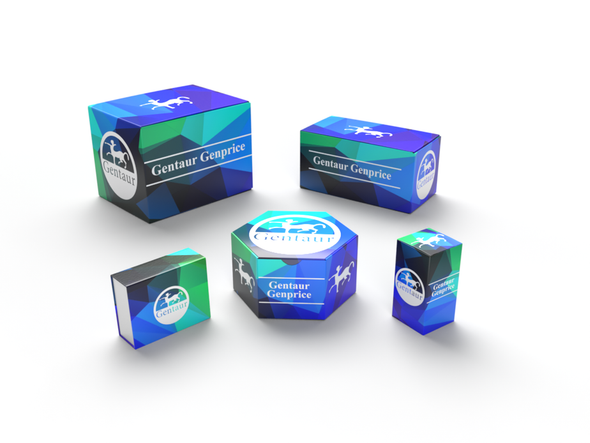740
Mouse Polymeric immunoglobulin receptor (PIGR) ELISA Kit | AE27484MO
- SKU:
- 740-AE27484MO
- Availability:
- Usually ships in 5 working days
Description
Mouse Polymeric immunoglobulin receptor (PIGR) ELISA Kit | AE27484MO | Gentaur UK, US & Europe Distribution
Species Reactivity: Mouse (Mus musculus)
Abbreviation: PIGR
Alternative Name: FLJ22667; MGC125361; MGC125362; hepatocellular carcinoma associated protein TB6
Application: ELISA
Range: 15.6-1000 pg/mL
Sensitivity: 6.5 pg/mL
Intra-Assay: ≤5.3%
Inter-Assay: ≤7.9%
Recovery: 0, 99
Sample Type: Serum, Plasma, Other biological fluids
Detection Method: Sandwich
Analysis Method : Quantitive
Test Principale: This assay employs a two-site sandwich ELISA to quantitate PIGR in samples. An antibody specific for PIGR has been pre-coated onto a microplate. Standards and samples are pipetted into the wells and anyPIGR present is bound by the immobilized antibody. After removing any unbound substances, a biotin-conjugated antibody specific for PIGR is added to the wells. After washing, Streptavidin conjugated Horseradish Peroxidase (HRP) is added to the wells. Following a wash to remove any unbound avidin-enzyme reagent, a substrate solution is added to the wells and color develops in proportion to the amount of PIGR bound in the initial step. The color development is stopped and the intensity of the color is measured.
Product Overview: Polymeric immunoglobulin receptor is a Fc receptor which facilitates the secretion of IgA and IgM. The poly-Ig receptor is expressed on several glandular epithelia including those of liver and breast. It mediates transcellular transport of polymeric immunoglobulin molecules. It is a member of the immunoglobulin superfamily (Hood et al., 1985) . The receptor has 5 units with homology to the variable (V) units of immunoglobulins and a transmembrane region, which also has some homology to certain immunoglobulin variable regions.
Stability: The stability of ELISA kit is determined by the loss rate of activity. The loss rate of this kit is less than 5% within the expiration date under appropriate storage condition. The loss rate was determined by accelerated thermal degradation test. Keep the kit at 37°C for 4 and 7 days, and compare O.D.values of the kit kept at 37°C with that of at recommended temperature. (referring from China Biological Products Standard, which was calculated by the Arrhenius equation. For ELISA kit, 4 days storage at 37°C can be considered as 6 months at 2 - 8°C, which means 7 days at 37°C equaling 12 months at 2 - 8°C) .






